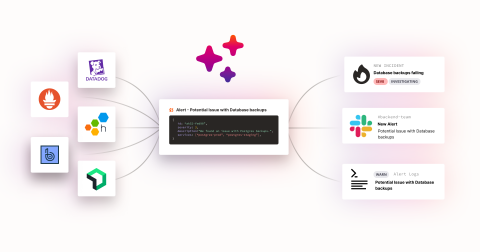Operations | Monitoring | ITSM | DevOps | Cloud
Incident Management
The latest News and Information on Incident Management, On-Call, Incident Response and related technologies.
Admin Panel - Calendars - xMatters Support
The fastest and most robust path to incident declaration from monitoring tools
Here’s a crazy question: why do we still require a human to manually declare an incident for the things that we know are incidents? If we have enough confidence to build SLOs and high-severity alert routes for these specific scenarios, why are we still asking a human to confirm it’s an incident and get the assembly process in motion? Isn’t that just another button to push when we could be problem solving instead?
Insights into Observability Tools: Commercial vs. Open-Source
Observability has become a critical aspect of modern software development and operations, allowing organizations to gain insights into the health and performance of their applications and systems. One of the key decisions when implementing observability is choosing between commercial or open-source tools. We spoke to several professionals who shared their experiences and insights on this topic, shedding light on the pros and cons of each approach.
Process Automation v4.12.0 and v4.13.0 Release Notes
What's New in the PagerDuty Operations Cloud? May 2023 Demo Round-up
Major Incident Management with Zenduty, Grafana, Slack and Zendesk
In the current fast-paced world, businesses are seeking methods to increase their efficiency and simplify their processes. But, there are times when teams are unaware of an issue at the initial stage, leading to a bad customer experience. For example, you are a part of the Infrastructure team, where your primary responsibility is to check resources and notify when they reach their maximum capacity. Let's say due to an anomalous traffic load, our resource CPU utilization goes above 90%.
7 Types of Incident Response Tools
Incident response tools are software applications or platforms designed to assist security teams in identifying, managing, and resolving cybersecurity incidents. Incident response is a crucial part of an organization’s cybersecurity strategy, making it possible to detect threats, analyze vulnerabilities, respond to attacks, and recover from security breaches. Incident response tools are vital for safeguarding organizations against evolving cyber threats.











